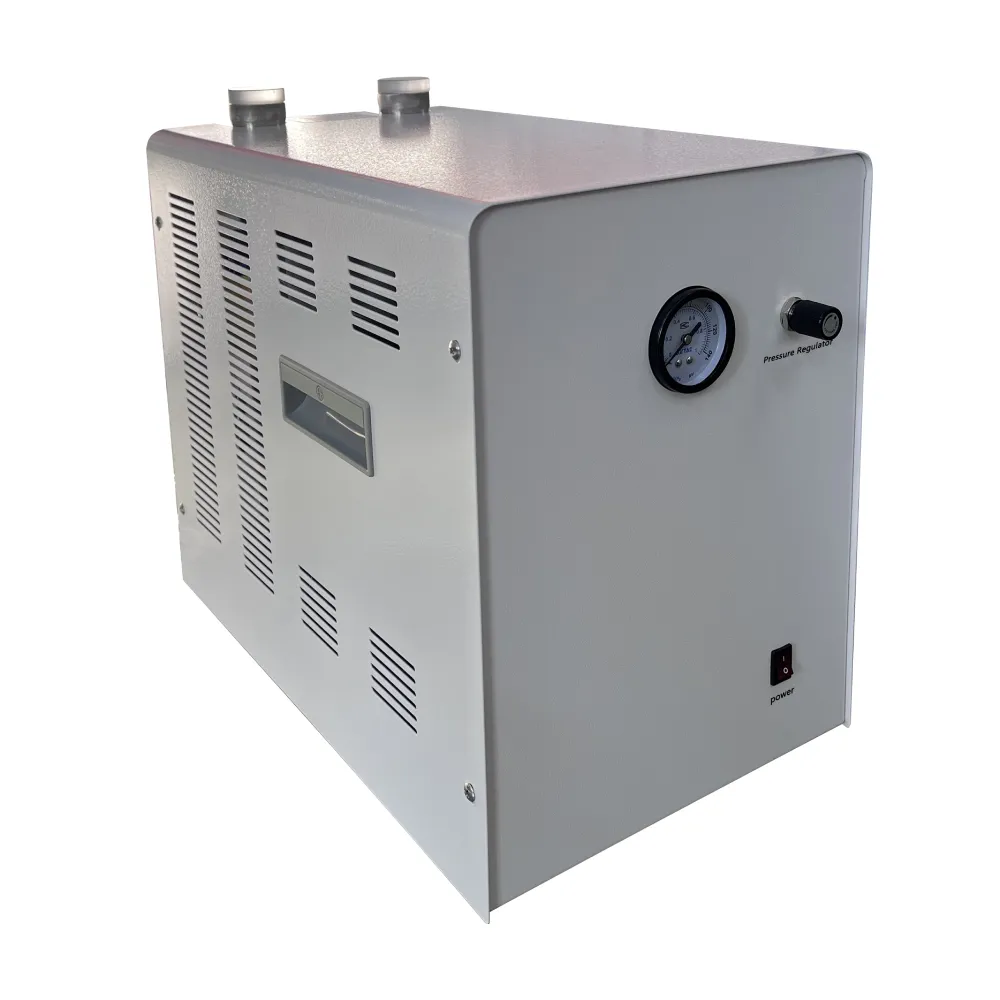TEL:
+86-0312-3189593
 English
English

Telephone:0312-3189593

Email:sales@oil-tester.com

-
 Afrikaans
Afrikaans -
 Albanian
Albanian -
 Amharic
Amharic -
 Arabic
Arabic -
 Armenian
Armenian -
 Azerbaijani
Azerbaijani -
 Basque
Basque -
 Belarusian
Belarusian -
 Bengali
Bengali -
 Bosnian
Bosnian -
 Bulgarian
Bulgarian -
 Catalan
Catalan -
 Cebuano
Cebuano -
 China
China -
 China (Taiwan)
China (Taiwan) -
 Corsican
Corsican -
 Croatian
Croatian -
 Czech
Czech -
 Danish
Danish -
 Dutch
Dutch -
 English
English -
 Esperanto
Esperanto -
 Estonian
Estonian -
 Finnish
Finnish -
 French
French -
 Frisian
Frisian -
 Galician
Galician -
 Georgian
Georgian -
 German
German -
 Greek
Greek -
 Gujarati
Gujarati -
 Haitian Creole
Haitian Creole -
 hausa
hausa -
 hawaiian
hawaiian -
 Hebrew
Hebrew -
 Hindi
Hindi -
 Miao
Miao -
 Hungarian
Hungarian -
 Icelandic
Icelandic -
 igbo
igbo -
 Indonesian
Indonesian -
 irish
irish -
 Italian
Italian -
 Japanese
Japanese -
 Javanese
Javanese -
 Kannada
Kannada -
 kazakh
kazakh -
 Khmer
Khmer -
 Rwandese
Rwandese -
 Korean
Korean -
 Kurdish
Kurdish -
 Kyrgyz
Kyrgyz -
 Lao
Lao -
 Latin
Latin -
 Latvian
Latvian -
 Lithuanian
Lithuanian -
 Luxembourgish
Luxembourgish -
 Macedonian
Macedonian -
 Malgashi
Malgashi -
 Malay
Malay -
 Malayalam
Malayalam -
 Maltese
Maltese -
 Maori
Maori -
 Marathi
Marathi -
 Mongolian
Mongolian -
 Myanmar
Myanmar -
 Nepali
Nepali -
 Norwegian
Norwegian -
 Norwegian
Norwegian -
 Occitan
Occitan -
 Pashto
Pashto -
 Persian
Persian -
 Polish
Polish -
 Portuguese
Portuguese -
 Punjabi
Punjabi -
 Romanian
Romanian -
 Russian
Russian -
 Samoan
Samoan -
 Scottish Gaelic
Scottish Gaelic -
 Serbian
Serbian -
 Sesotho
Sesotho -
 Shona
Shona -
 Sindhi
Sindhi -
 Sinhala
Sinhala -
 Slovak
Slovak -
 Slovenian
Slovenian -
 Somali
Somali -
 Spanish
Spanish -
 Sundanese
Sundanese -
 Swahili
Swahili -
 Swedish
Swedish -
 Tagalog
Tagalog -
 Tajik
Tajik -
 Tamil
Tamil -
 Tatar
Tatar -
 Telugu
Telugu -
 Thai
Thai -
 Turkish
Turkish -
 Turkmen
Turkmen -
 Ukrainian
Ukrainian -
 Urdu
Urdu -
 Uighur
Uighur -
 Uzbek
Uzbek -
 Vietnamese
Vietnamese -
 Welsh
Welsh -
 Bantu
Bantu -
 Yiddish
Yiddish -
 Yoruba
Yoruba -
 Zulu
Zulu
Қаң . 31, 2025 02:22
Back to list
acidity test in transformer oil
Acidity tests in transformer oil serve as a critical maintenance procedure, ensuring the reliability and longevity of transformers within electrical systems. Over time, transformer oil may degrade, primarily under thermal and oxidative stress, leading to the formation of acidic by-products. These acids, if left unchecked, can accelerate the deterioration of insulating materials and compromise the transformer's operational efficiency.
Industry trust in acidity testing is rooted in both the accuracy and non-invasive nature of the tests. Electrical maintenance teams can perform these tests without interrupting system operation, providing a reliable, real-time assessment of oil condition. Institutions setting standards for electrical maintenance, such as ASTM International, prioritize this testing regimen as part of the broader electric utility health benchmarking. Logistical considerations also define the effectiveness of an acidity testing protocol in transformers. Professionals managing large-scale electrical networks often deploy automated testing solutions integrated with remote monitoring systems. Such advanced systems not only perform real-time monitoring but also deliver predictive analytics, turning routine data gathering into strategic decision-making tools. Another critical aspect of testing transformer oil acidity is the validation of testing equipment and methodology. Laboratories adhering to international standards, such as ISO/IEC 17025, ensure that all equipment is calibrated to the highest precision, and test handlers are adeptly trained to deliver reliable results. The trustworthiness of these procedures lies not only in technological refinement but also in the transparency of reporting. Professional service providers supply comprehensive reports detailing methodical analysis and actionable recommendations, often with comparative benchmarking of historical data to illustrate degradation trends over time. In conclusion, regular acidity testing in transformer oil is indispensable for the optimal performance and longevity of transformers. Emphasizing both scientific accuracy and strategic application, these tests serve as a frontline defense against unexpected failures and costly downtimes, while aligning with industry standards and practices to uphold system reliability and industrial safety.


Industry trust in acidity testing is rooted in both the accuracy and non-invasive nature of the tests. Electrical maintenance teams can perform these tests without interrupting system operation, providing a reliable, real-time assessment of oil condition. Institutions setting standards for electrical maintenance, such as ASTM International, prioritize this testing regimen as part of the broader electric utility health benchmarking. Logistical considerations also define the effectiveness of an acidity testing protocol in transformers. Professionals managing large-scale electrical networks often deploy automated testing solutions integrated with remote monitoring systems. Such advanced systems not only perform real-time monitoring but also deliver predictive analytics, turning routine data gathering into strategic decision-making tools. Another critical aspect of testing transformer oil acidity is the validation of testing equipment and methodology. Laboratories adhering to international standards, such as ISO/IEC 17025, ensure that all equipment is calibrated to the highest precision, and test handlers are adeptly trained to deliver reliable results. The trustworthiness of these procedures lies not only in technological refinement but also in the transparency of reporting. Professional service providers supply comprehensive reports detailing methodical analysis and actionable recommendations, often with comparative benchmarking of historical data to illustrate degradation trends over time. In conclusion, regular acidity testing in transformer oil is indispensable for the optimal performance and longevity of transformers. Emphasizing both scientific accuracy and strategic application, these tests serve as a frontline defense against unexpected failures and costly downtimes, while aligning with industry standards and practices to uphold system reliability and industrial safety.
Previous:
Latest news
-
Testing Equipment Industry Sees Major Advancements in 2025: Smart & Precision Technologies Lead the WayNewsJun.06,2025
-
Applications of Direct Current Generators in Renewable Energy SystemsNewsJun.05,2025
-
Hipot Tester Calibration and Accuracy GuidelinesNewsJun.05,2025
-
Digital Circuit Breaker Analyzer Features and BenefitsNewsJun.05,2025
-
Benefits of Real-Time Power Quality Monitoring Devices for Industrial EfficiencyNewsJun.05,2025
-
Earth Fault Loop Testing in High-Rise Building Electrical SystemsNewsJun.05,2025



